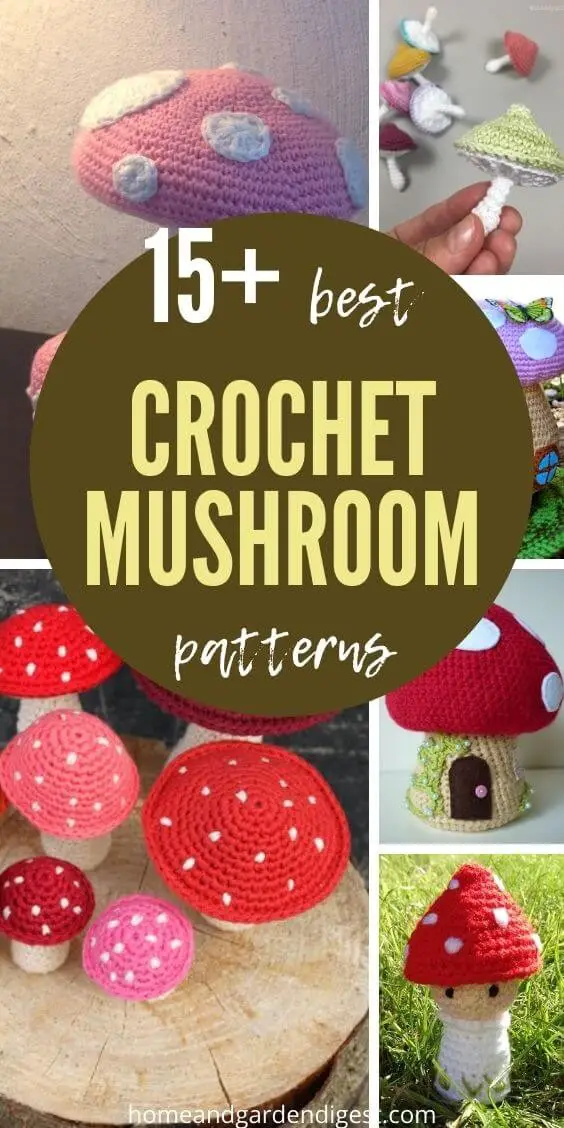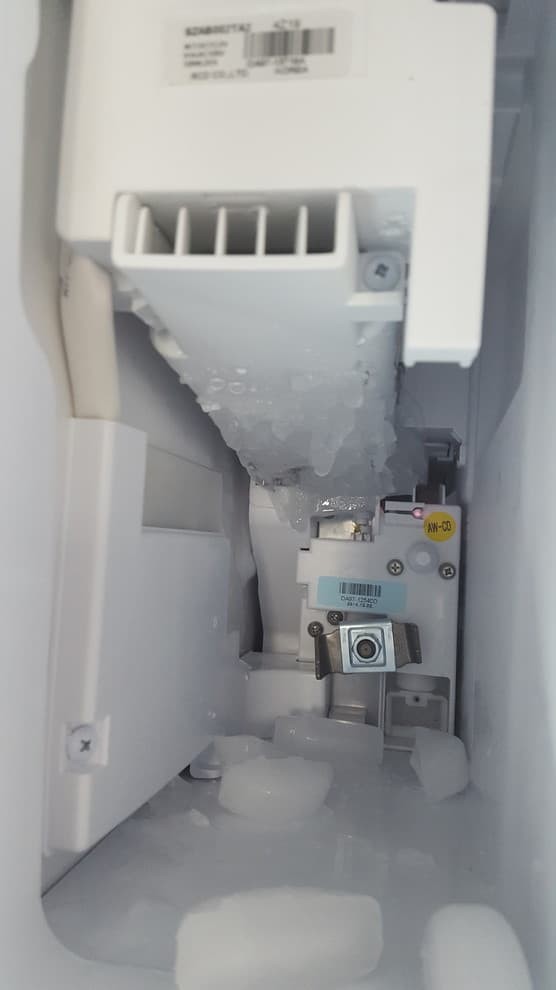How To Water Succulent Plants Properly
Despite their remarkable ability to thrive with minimal watering, succulents still require some hydration to support their growth. In fact, the right amount of water becomes crucial during the active growth phase, when plants need a good soaking to flourish. The key is finding a balance between providing enough moisture and avoiding overwatering, which can be detrimental to your succulent’s health.
To achieve this balance, you’ll want to water your succulents more frequently during periods of rapid growth, but not so much that the soil becomes waterlogged. By understanding how to properly water your succulents, you’ll be well on your way to becoming a succulent expert. In this article, we’ll explore various scenarios and provide guidance on how to water your succulents in different situations.
How to water baby succulents
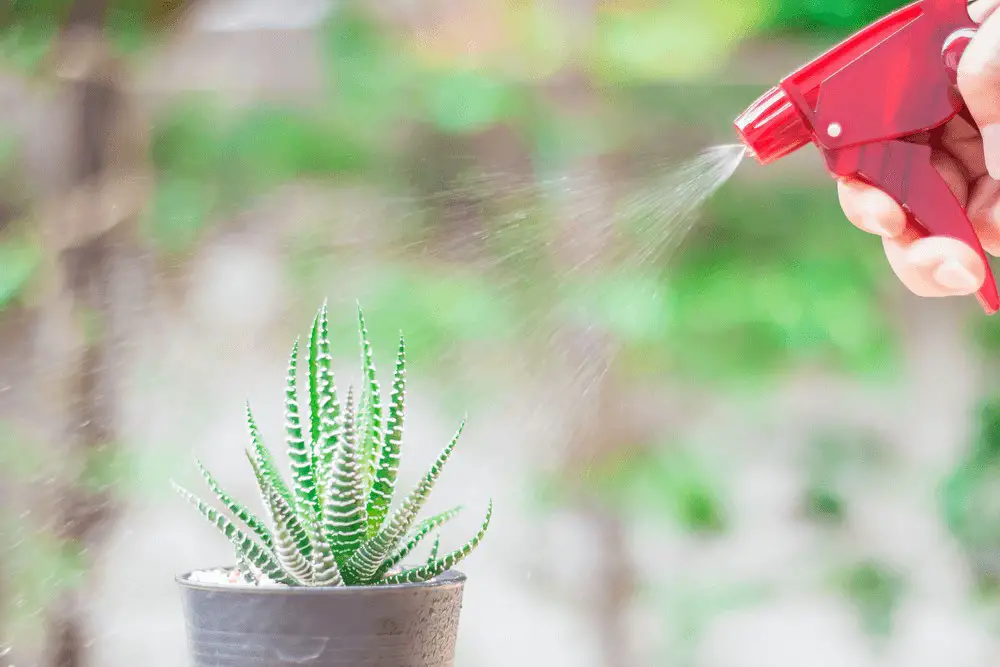
When cultivating baby succulents, it’s crucial to incorporate a water spray into your routine. This is because these young plants require daily watering until they reach a height of two to three inches. However, instead of soaking the soil, you’ll need to gently mist the succulent itself with water on its surface. The growth process primarily focuses on the leaves and stems, as this is where the plant stores its water reserves.
Although the roots are important, it’s essential to note that the primary watering mechanism occurs through the leaf and stem surfaces. Nonetheless, it’s still necessary to occasionally water the succulent’s root system, especially if you’ve recently transferred them into a specific potting mix. As the plants mature, you’ll begin to notice their roots changing color to pink or white, signaling that it’s time to adjust your watering schedule and reduce the frequency.
How to water succulents indoors
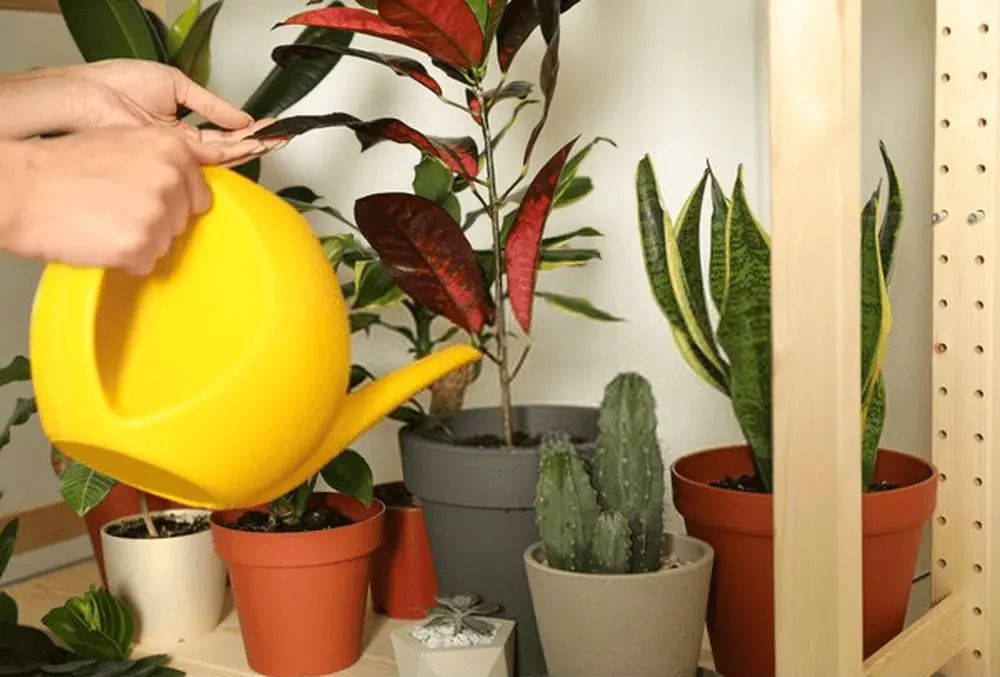
Indoor succulents possess a distinctive adaptability, tolerating both partial shade and full sun. This peculiarity makes their watering requirements unique, as they don’t need to be relocated for sunlight exposure. To cater to this, the most effective method for indoor succulent care is the soak and dry technique. As its name suggests, this approach involves thoroughly soaking the soil with sufficient water and then allowing it to completely dry out before rewatering.
This process allows the plants to develop robust root systems, which can take around five to seven days to achieve.
How to water succulents outdoors
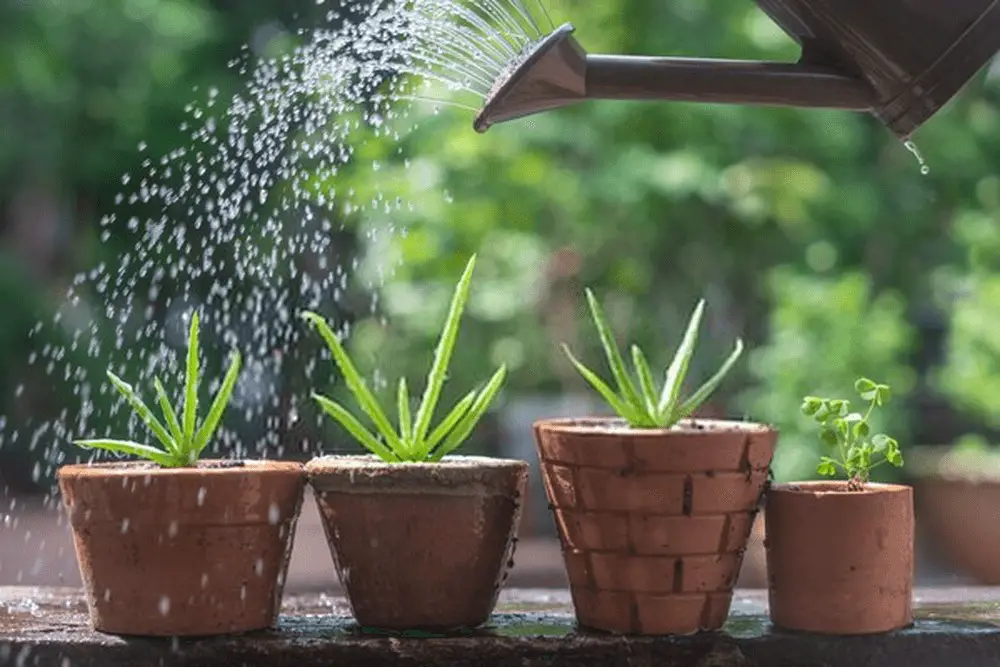
While outdoor succulents also follow the soak and dry method, the watering intervals depend on the humidity of your growing environment. In hot temperatures, the soil dries out quickly, requiring more frequent watering every five days. Conversely, in cooler climates, you may need to wait seven to ten days between waterings, and even longer during winter months.
This is because succulents planted directly in the ground experience a natural cooling of the soil at night, making it unnecessary to water constantly.
How to water succulents in winter
When it comes to succulent care during the winter season, it’s essential to pay attention to subtle signs that may indicate a change in their watering needs. Typically, succulents don’t require much water during this time, but there are exceptions. If you notice leaves shrinking or developing holes and indentations that weren’t present before, it’s likely a sign that your succulent is craving more moisture in the soil.
In these cases, a small amount of water may be necessary to address the issue. On the other hand, if you spot holes or discoloration on the leaves, it’s often an indication that you overwatered your succulents before the winter and they’ve stored excess moisture. As a result, you’ll still need to provide occasional sprays to keep them hydrated, ideally every two weeks.
How to water succulents without a drainage hold
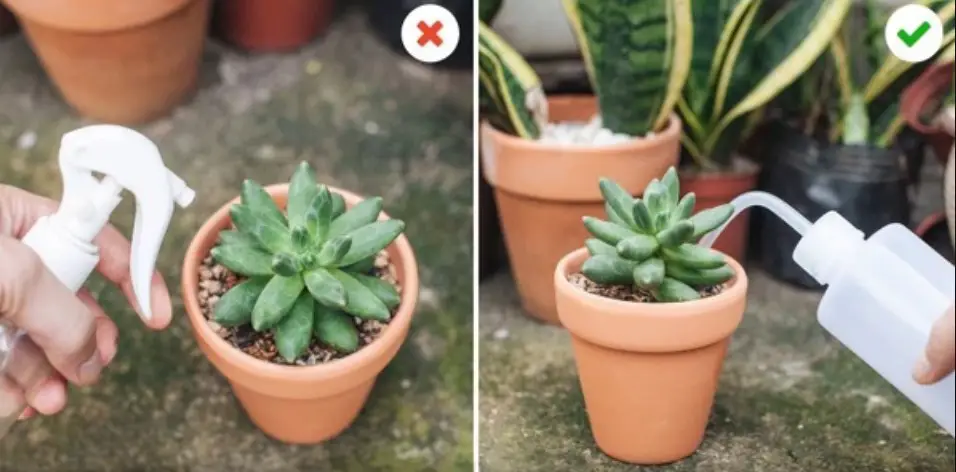
When it’s unavoidable to have a succulent without proper drainage, extra effort is necessary. After watering your succulent, tilt the pot or planter sideways to allow excess water to drain away. Alternatively, consider double-potting as a solution. This method involves placing the smaller planter on top of a larger one with holes in it, filled with soil mix.
This approach not only prevents overwatering and associated fungal diseases, but also provides more space for the roots to develop, promoting healthy growth.
How to water succulents in terrarium
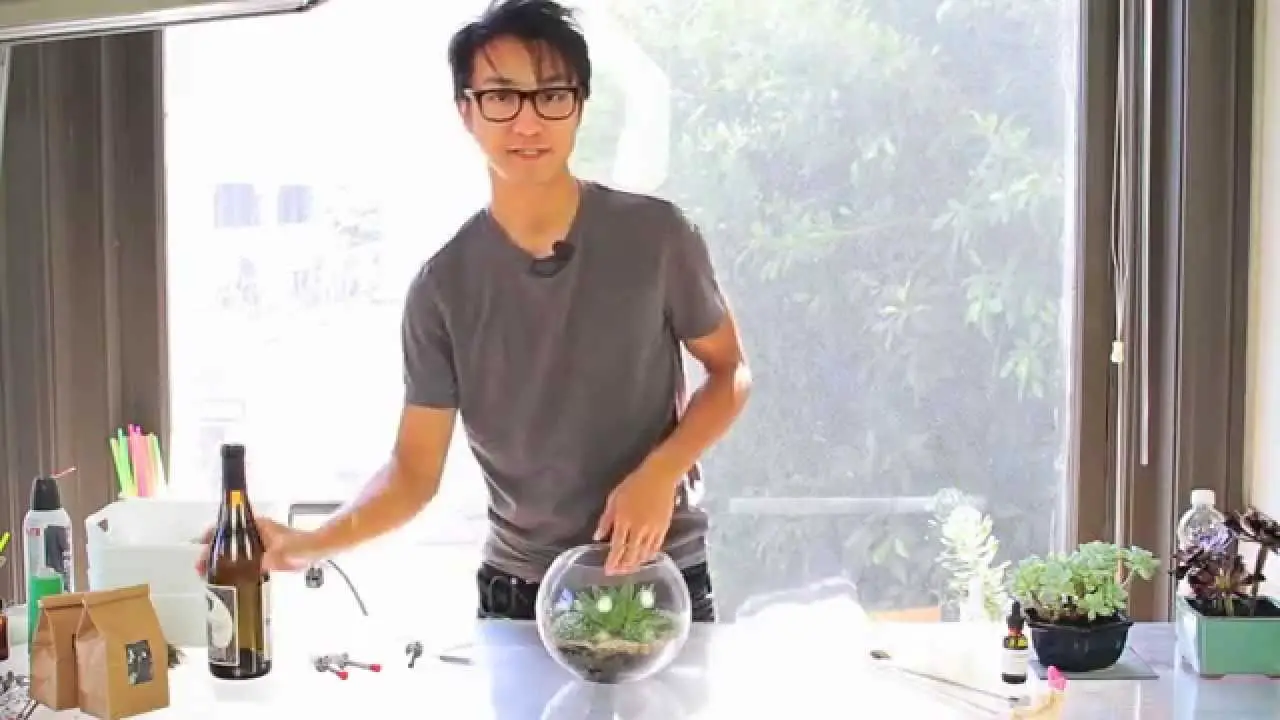
When it comes to terrariums featuring non-drought-tolerant succulents, it’s essential to establish a watering routine that balances frequency with regulation. To avoid overwatering these delicate plants, allow the top inch of soil to dry out completely between waterings. This may require patience, as the soil typically takes three to five days to fully dry in most environments, depending on temperature and humidity levels.
Once the top inch is dry, deliver a controlled amount of water directly at the base of the succulent using either a spray bottle or watering can.
How to water succulents in pots
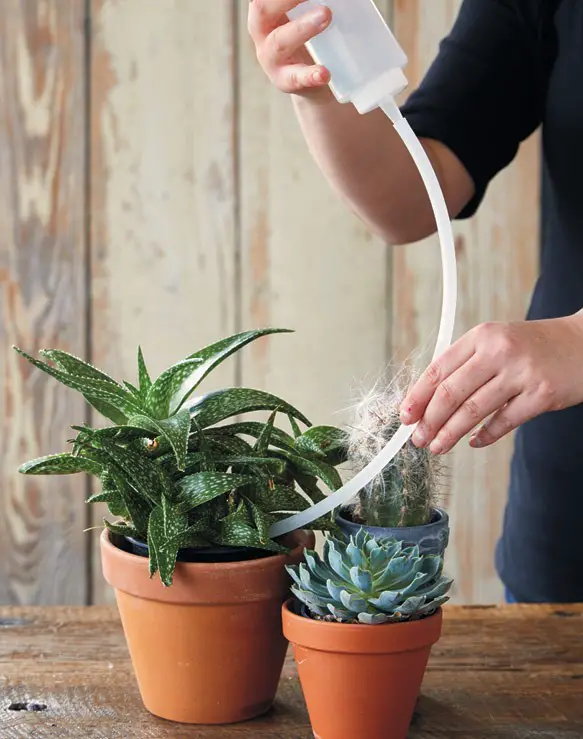
When it comes to watering succulents, size matters – specifically, the size of the pot. A larger pot can hold more soil, which means it can absorb and store more water, allowing the soil to take longer to dry out. This is why large pots are typically watered every two weeks, while small pots require a weekly soaking. Timing is everything, as this interval coincides with when the soil in the pots would naturally have dried.
However, it’s also essential to consider the specific needs of your succulents. Each type has its own unique characteristics and limitations when it comes to water intake. As a general rule, it’s always better to err on the side of caution and under-water slightly, rather than overwatering and risking root rot. By taking these factors into account, you’ll be well on your way to becoming a succulent expert.
Conclusion
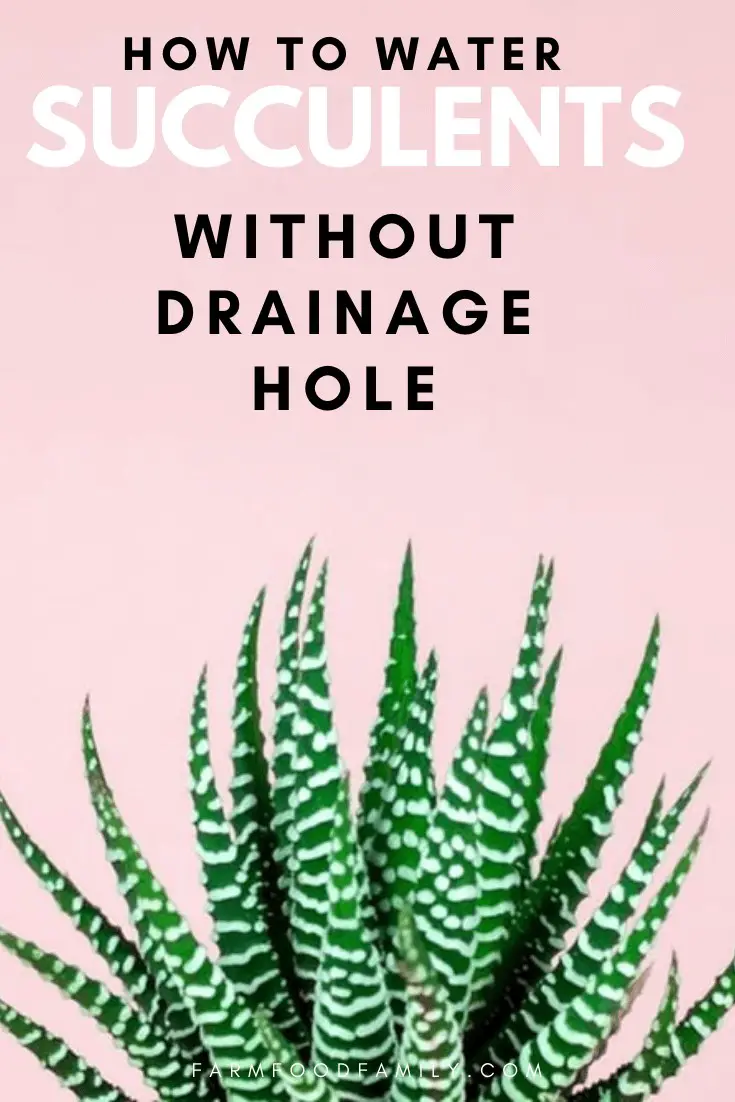
When it comes to watering succulents, there are three crucial factors to consider. Firstly, ensure your pot has adequate drainage holes to prevent waterlogged soil. This is critical, as excess moisture can lead to root rot and a range of other problems. Next, select a well-draining soil mix that’s designed specifically for cacti and succulents. A dense or loose soil can cause over-soaking and under-watering issues, which will have a direct impact on the plant’s growth.
Finally, adopt a controlled watering approach using a squeeze bottle, rather than relying on a traditional watering can. By getting these three elements right, you’ll be well on your way to becoming an expert succulent waterer. Of course, there are additional factors to consider, such as the quality of the soil mix and the temperature of the room or area where your succulents are planted.
Related Posts
Succulent enthusiasts often find themselves pondering the same frustrating question: why are my succulents dying? As you delve into the world of these low-maintenance yet high-reward plants, it’s crucial to understand the common pitfalls that can lead to their demise.
In this regard, we’ve compiled a comprehensive guide on how to grow and care for some of the most sought-after succulent species, including String of Pearls, Peperomia Graveolens ‘Ruby Glow’, Rhipsalis cereuscula (Coral Cactus), and Haworthia Fasciata (Zebra Plant). Additionally, we’ll provide valuable insights on how to plant succulents in containers without drainage and offer expert advice for each specific species.
By the end of this journey, you’ll be well-equipped to tackle any succulent-related challenge that comes your way.




